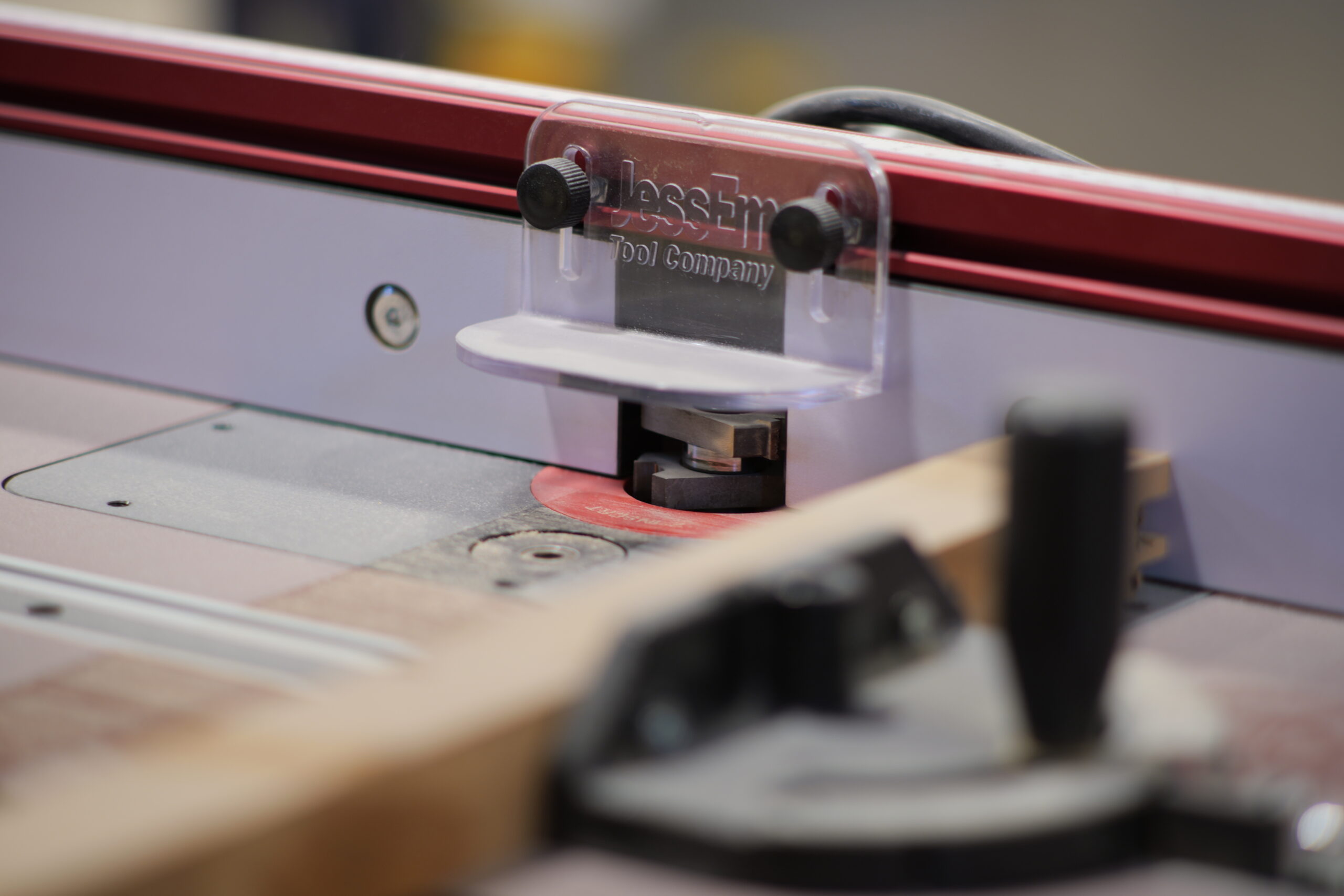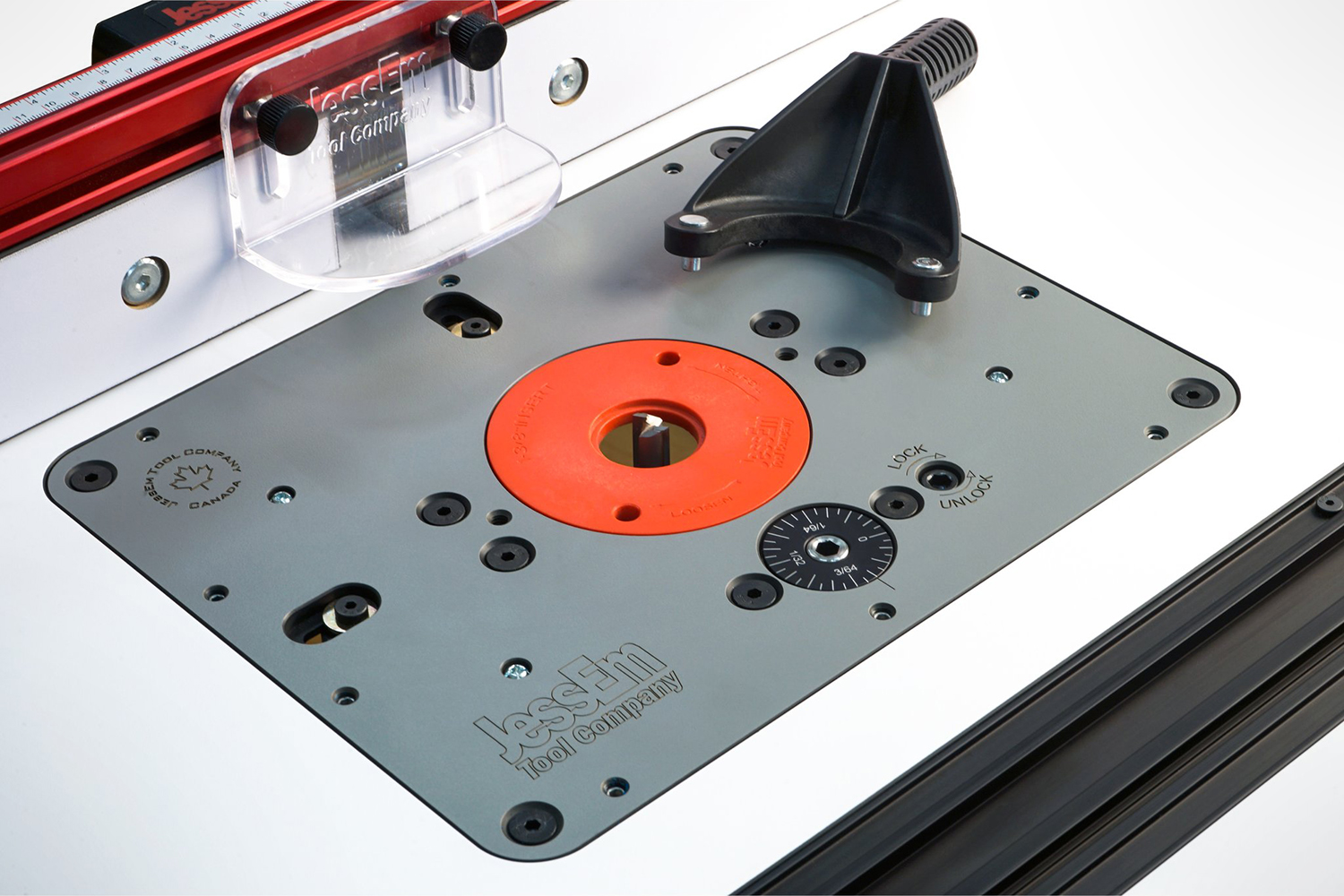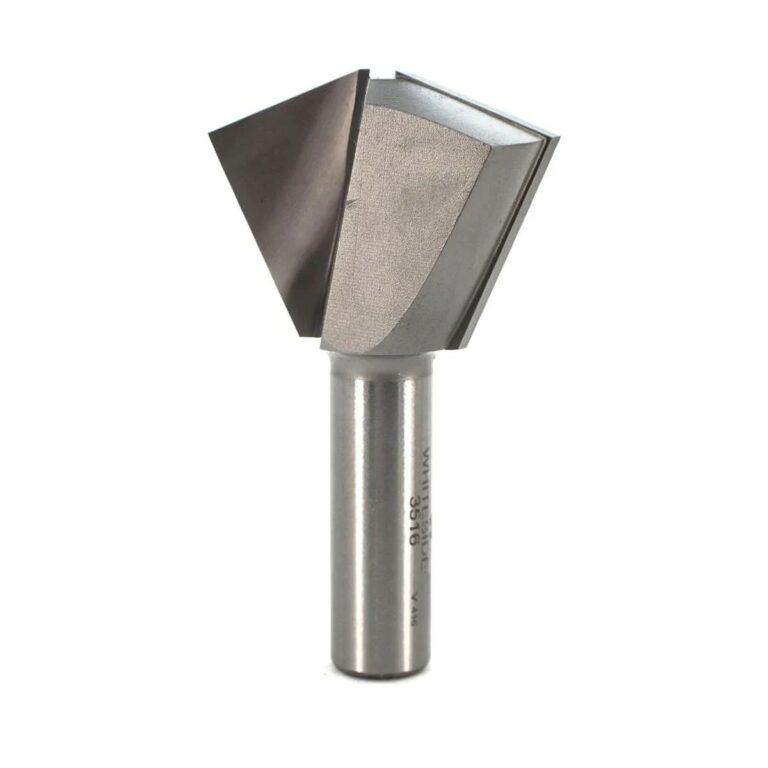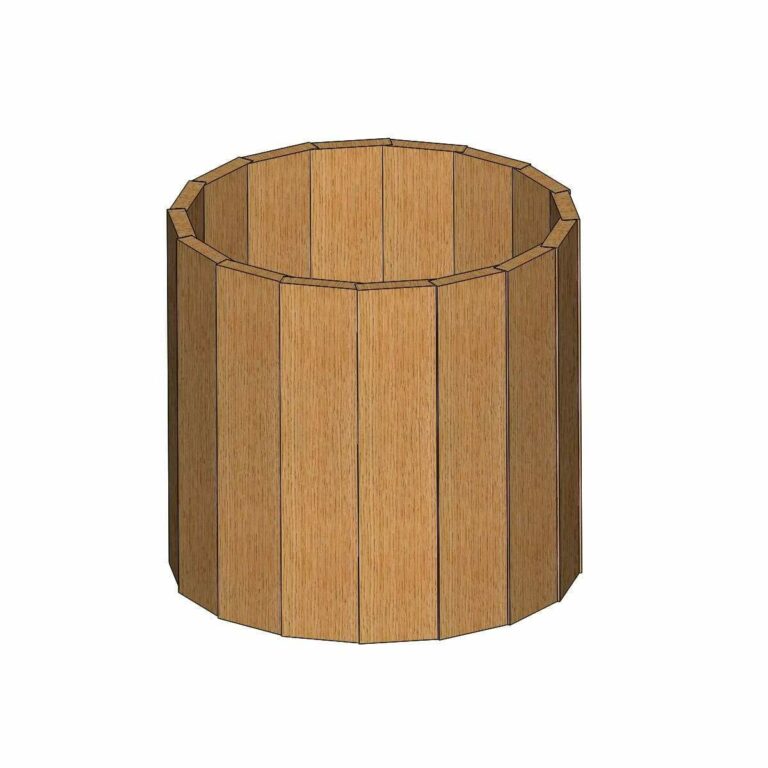Get the Most Out of Your Router Table




Learn to Maximize This Essential Tool in Your Workshop
A router table functions as a stationary workstation designed to enhance a router’s capabilities, offering an efficient solution for various woodworking tasks. By securing a router underneath a table, woodworkers can safely this tool in a broad range of woodworking applications.
The primary advantage of employing a router table over a handheld router lies in the enhanced control it provides. With a router table, woodworkers can benefit from increased stability and improved accuracy, which are critical factors during projects that require intricate detailing. Inverted routing enables users to maintain a constant feeding speed, work holding pressure, and presentation angle, which result in precision and repeatability. Tasks such as edge trimming and shaping are notably more manageable, as the workpiece is fed through the router rather than the operator maneuvering the router itself.
Router tables are particularly valuable in several practical applications. For instance, when creating decorative edges, the fixed position of the router allows for consistent depth and shape without requiring constant adjustments. This ensures a uniform finish across multiple pieces, crucial for projects demanding symmetry. Additionally, router tables excel in joinery; they facilitate the creation of precise joints, such as dovetails and mortise-and-tenon joints, that are both visually appealing and structurally sound.
If you are interested in getting the most out of your router table in a hands on class, we invite you to join us for our upcoming Router Table Masterclass. We will teach you how to choose the right bits for each task, how to accurately setup a router table, and how to safely operate the machine for trimming, pattern routing, shaping, and joinery applications through a series of hands-on exercises.

0 Comments